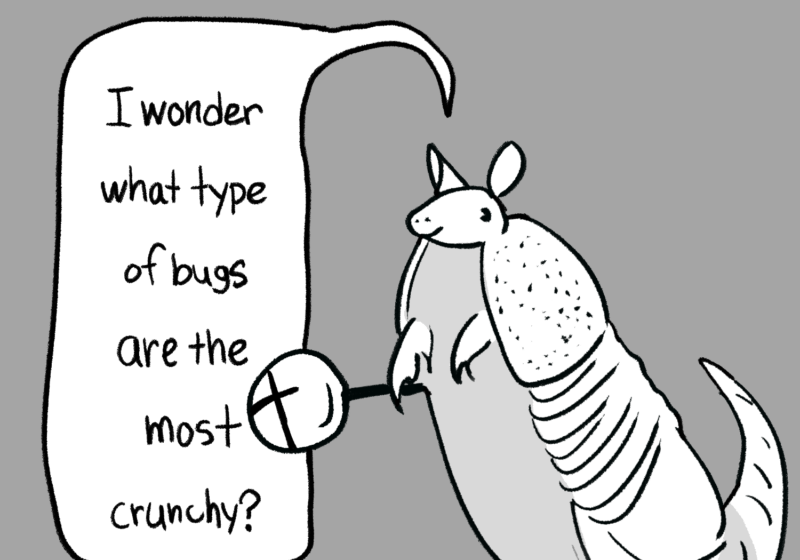When first-year Amanda Liang walked into CAS 202, “Introduction to Community-Engaged Scholarship,” she felt something was off. As students were instructed to go around the room and recite their name, major, and class year, she pinpointed what it was:
She was the only engineer in the room.
Despite the fact that the University boasts a vision statement of “serving our community […] through imaginative programs […] that expand our collective contributions […] by making our community a model for partnership,” community-engagement initiatives are under-valued and de-prioritized by STEM departments, particularly in the Hajim School of Engineering.
I work at the Rochester Center for Community Leadership, an organization under the Office of the Dean of Students that works tirelessly to make community engagement and service accessible to all students. Many of our programs are under-utilized by both STEM faculty and by students. And I want to be entirely clear here: This is an institutional problem facilitated by coursework and programming that make community-engaged opportunities nearly impossible for students to juggle with high-credit major requirements and lab research.
Let’s go through some statistics. Of the mini-grant proposals that the center offers for professors to take students on service trips or to invite guest-speakers from the community, only 14.6 percent of our applicants have been STEM faculty. Applicants for community-engaged coursework development grants from STEM fields come to a grand total of zero. Only seven of the 90 community-engaged courses available to students are in STEM fields, almost entirely in Earth and Environmental Sciences or Eco-Reps. None are in engineering. Over 30 percent of the applicants we have ever received for CAS 202 have been in STEM fields; and, while we have had 15 STEM majors enroll in or complete CAS 202, only four of them have been in engineering. This year, the center celebrated its first year of having a senior class with members who completed the Citation in Community-Engaged Scholarship, and none of our graduates were STEM majors.
This is unacceptable. While I understand that the University is a private research institution, our research could be doing so much more if it was brought into the Rochester community, which is in great need. It should not be lost on STEM staff and students that the city of Rochester has a poverty rate of 32.8 percent, and our graduation rate remains the worst in New York’s “Big 5” urban districts (Buffalo, New York City, Rochester, Syracuse, Yonkers, and Utica). Our college has all the resources in the world to go out and make a difference, and we so frequently fall short.
This is not to say that there are not STEM students who complete amazing community service projects. Engineers Without Borders has traveled to the Dominican Republic twice to implement a water filtration system in Don Juan. Many senior design projects, particularly in biomedical engineering and medical technology, test and invent services that communities could use — such as this year’s TubercAlert, which detects concentrations of airborne tuberculosis for monitoring and medical intervention. However, much of the innovation from these individual projects and engineering student organizations never makes it back to the community. Engineers for a Sustainable World, for example, has designed a bike-powered blender. It’s an awesome project, but its reach doesn’t extend beyond campus.
Even if organizations like that brought their designs to the community, they wouldn’t have the resources to build long-term, transformational relationships in the same way a faculty-sponsored program could. Faculty members are the ones with the resources and knowledge to implement the most meaningful, sustainable programs (which outlast the four-year cycles of students) that connect STEM students to the greater Rochester community. When faculty make this option available, it is more likely that students will engage. Students, especially those in engineering fields with hefty course requirements (averaging about 130 total credit hours), can best apply themselves to more meaningful projects when it isn’t out of their way. When it’s a part of their classes. When it’s embedded into the culture of their professors and peers. When it’s a priority for their teachers. When it can be a priority for them.
This sort of framework isn’t as far-reaching or unreasonable as it may seem. (I see you, knee-jerk reactors.) At Tulane University, for example — another private research university with a similar endowment and number of undergraduates — the School of Science and Engineering requires students to complete a service learning course before the end of their sophomore year and before graduation requires the completion of a community-engaged program in concordance with Tulane’s Center for Public Service (ranging from service internships to public service honors theses to service-based abroad programs — all programs our center currently offers to undergraduates at UR). They offer service learning courses in all STEM fields — from physics to chemistry to neuroscience.
At Southern Methodist University — another private research university with a similar endowment and number of undergraduates — the School of Engineering’s “Lyle in the City” program connects engineering students with community partners “to identify and understand exigencies, assess and evaluate capabilities, propose potential solutions, [and] implement designs.” In 2016, the program mitigated the effects of food deserts by installing sustainable aquaponics systems into the community gardens of southern Dallas.
A reform at UR wouldn’t even have to be so involved to start out. Take one day off from teaching molecular biology and use the microscopes to lead an immersion trip about cells at a Rochester City School District facility. Rather than setting up abstract problems for engineers to solve in their class projects, present them with real-time problems in the Rochester community and have students craft designs for their solutions. Bring in an engineer who lives and works in Rochester to speak about the work that they’ve done. Our center has mini-grants designed specifically for this purpose. Even just encouraging students to make their senior project a part of the Citation in Community-Engaged Scholarship could substantially increase involvement.
What we need is an institutional push, from faculty, emphasizing that community engagement is a necessary component of STEM. While there are some professors in STEM departments that individually make strides for community engagement, this is not a widespread phenomenon at the Hajim School of Engineering. If it were, we would see STEM faculty applying for our grants and trying to offer community-engaged courses. If it were, someone like Amanda would not be the only engineer in CAS 202.
I know that people will read this and still find a million and one reasons to believe that STEM faculty at UR can’t do it. But at some point, our engineering departments have to make a compromise, and it’s time that community engagement isn’t stuck at the bottom of the priorities list.





